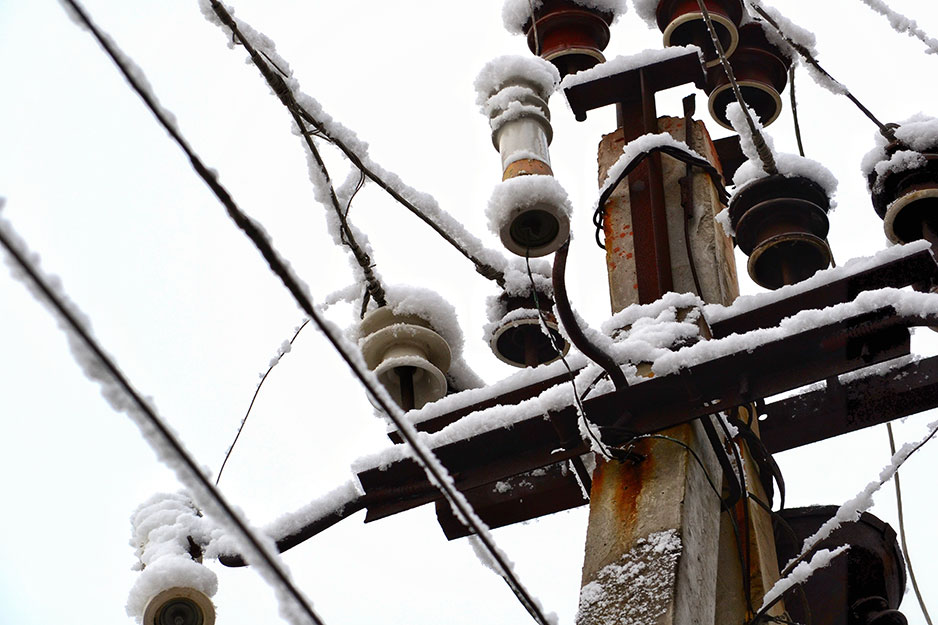
With the hurricane season of late summer and early fall behind us, it may be tempting to believe that the weather-related threats to food safety are behind us as well. However, winter storms can cause power outages that disable refrigerators and freezers just as much as summer storms do.
As with power outages in any season, keep the refrigerator and freezer doors closed as much as possible. A refrigerator will keep food cold for about 4 hours if the door is kept closed. A full freezer will hold its temperature for about 48 hours (24 hours if half-full).
One key mistake to avoid if the power goes out in winter is to try to use the winter weather as an informal outdoor refrigerator or freezer.
Even when there is still snow and ice, outside temperatures can vary, causing chilled food to enter the “danger zone” of warmer than 40°F (4°C) and cooler than 140°F (60°C), and frozen food to begin thawing. Moreover, the food can be exposed to animals and unsanitary conditions.
However, there is one way the winter conditions can be helpful. Refrigerators and freezers that lack power can still function as old-fashioned “iceboxes” that use ice instead of electricity to keep food chilled. Coolers that always use ice can be useful when the power goes out as well. Use ice to help keep food cold in the freezer, refrigerator or coolers.
Remember to place meat and poultry to one side of the freezer or on a tray to prevent cross contamination of thawing juices.
Once electric power returns, it’s time to carefully examine everything and discard anything that is possibly unsafe.
First, check the temperature inside of your refrigerator and freezer. If any perishable food (such as meat, poultry, seafood, eggs or leftovers) has been above 40°F (4°C) for two hours or more, get rid of it.
Next, check each food item separately. If there is food in your freezer that is partially or completely thawed, it can be safely re-frozen if still contains ice crystals or is 40°F (4°C) or below. But throw out any food that has an unusual odor, color or texture or feels warm to the touch, and never taste a food to decide if it's safe. When in doubt, throw it out.
Just because the weather outside is frightful, doesn’t mean your family meals can’t be delightful – or at least safe.

